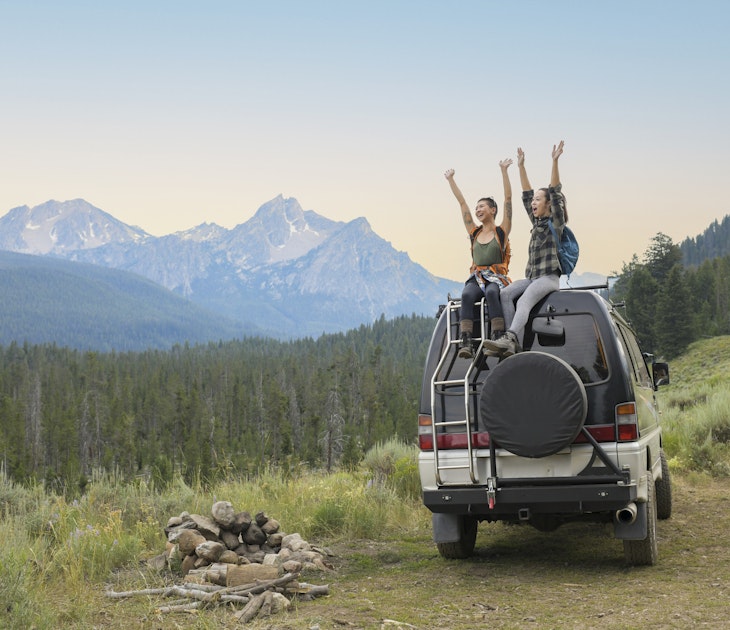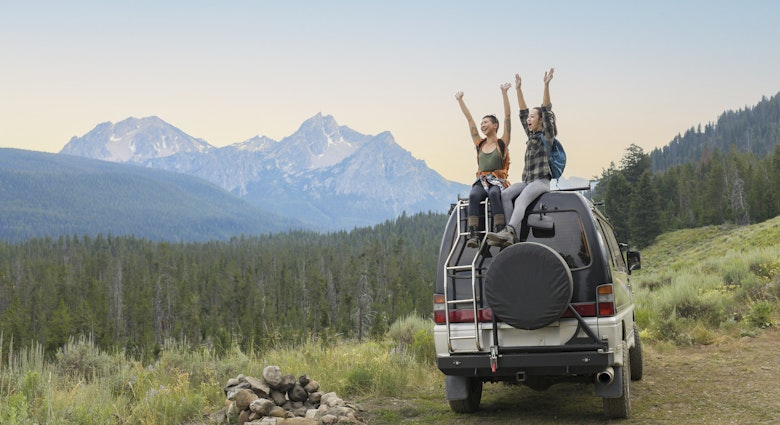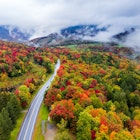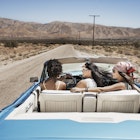Think the Midwest is just a cornfield you fly over between coasts? Don’t be fooled by that nonsense.
The region holds impressive cities like Chicago, Detroit and Minneapolis, full of creativity, diversity and forking good food. It also cradles the Great Lakes, which are like huge inland seas, offering beaches, dunes, resort towns and lighthouse-dotted scenery. Then there are the goofball roadside attractions – say the National Mustard Museum or the world’s largest ball of twine – that pop up throughout the area, plus a deep legacy of beer-making that’s still in full flow, not to mention the reasonable travel costs.
So why aren’t you here yet? Read on for what you need to know before you visit the Midwest.
When should I go to the Midwest?
Summer is peak season in the Midwest. Late May through August is when the weather warms, beaches splash and festivals rock. It’s the time to see the region in all its glory. September and October bring fall colors, bountiful orchard harvests and shoulder-season bargains, while temperatures remain pleasant – another great time to visit.
Winter tends to be cold and snowy. Some businesses reduce their hours or close for the season, though many places in northern Minnesota, Michigan and Wisconsin stay busy with skiers and snowmobilers. Lodgings and attractions in the cities typically offer their lowest prices during winter.
April and May also can be good-value months to visit, though the weather is unpredictable. Illinois, Indiana and Ohio have moderate temperatures, but it's often rainy, while the northern states can still be quite chilly.
Is it easy to get in and around the Midwest?
Chicago’s busy O'Hare International Airport (ORD) is the main gateway to the region. It’s a hub for both United and American airlines. Other big bases are Detroit Metro Airport (DTW), a hub for Delta and Spirit airlines, and Minneapolis-St Paul International Airport (MSP), a hub for Delta and Sun Country airlines.
Amtrak's national rail network centers on Chicago. Trains go daily to Milwaukee, Minneapolis, Detroit, Ann Arbor and Cleveland, and three times per week to Indianapolis.
Once you’re in the region, you’ll need a car to get around. Public transportation is scant outside of the main cities, and even within cities – with the exception of Chicago, which has a good bus and train system – you’ll likely need your own wheels to travel with ease. Be prepared for toll roads in parts of Illinois, Indiana, Ohio and Minnesota. Use an app like Google Maps to route you around toll roads or stock up on dollar bills and quarters to use at toll booths.
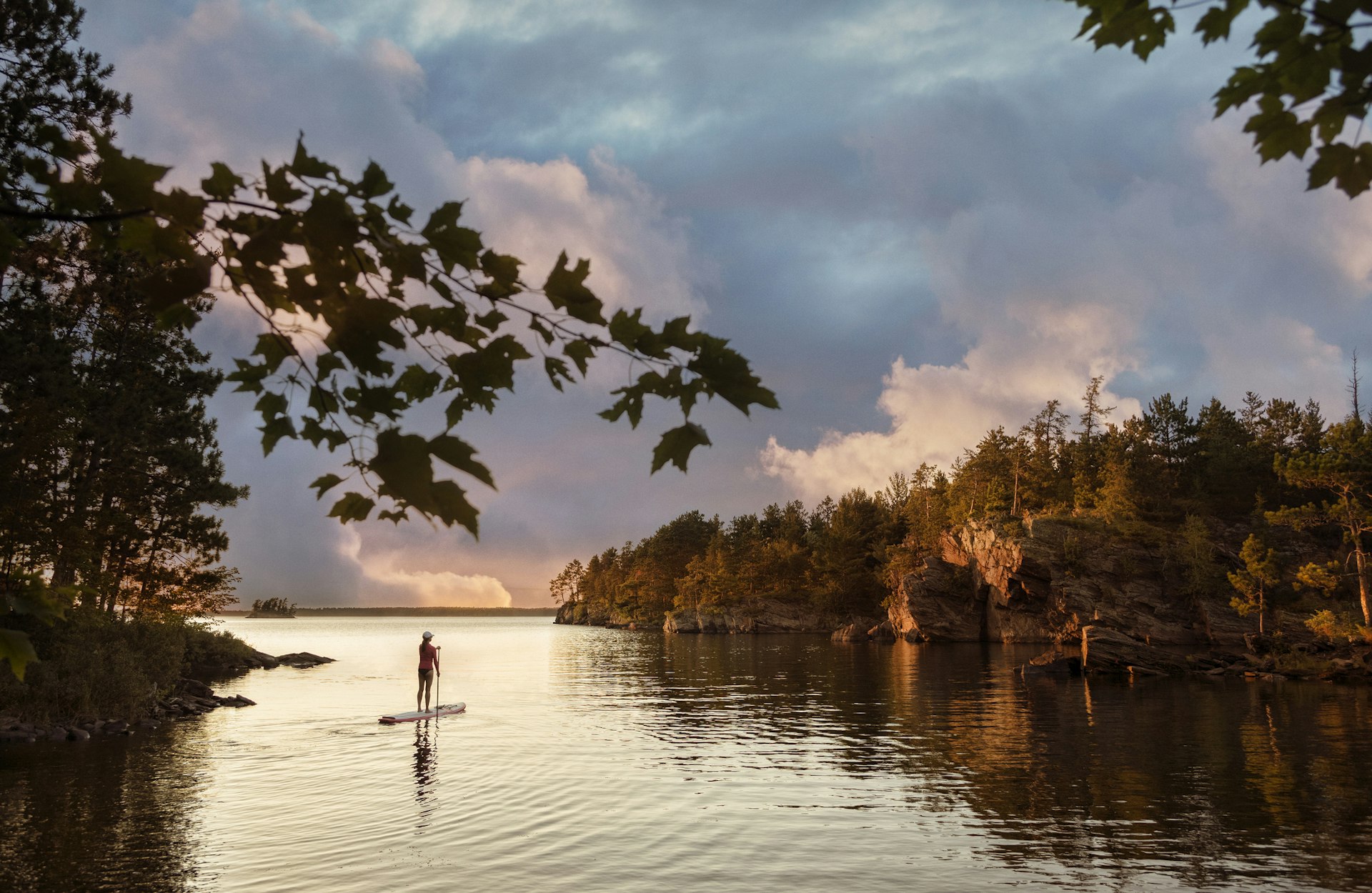
How long should I spend in the Midwest?
The Midwest is vast, defined by the Census Bureau as including 12 states: Illinois, Indiana, Iowa, Kansas, Michigan, Minnesota, Missouri, Nebraska, North Dakota, Ohio, South Dakota and Wisconsin. To drive from Minneapolis in the west to Cleveland in the east is an 11-hour, 760-mile journey. Take distances into account when planning a trip.
You can swoop in for two days and explore one of the cool Midwestern cities. With four days, you can add some outdoor action. For instance, Chicago is close to Indiana Dunes National Park and Indiana’s Amish Country. Minneapolis is near the Boundary Waters. Detroit and Ann Arbor are within range of Sleeping Bear Dunes. Cleveland is a stone’s throw from Ohio’s Amish Country.
A week lets you dig in and get a real feel for the region. You can combine a couple of cities and their surrounding sights, or strike out for further-flung regions like Michigan’s Upper Peninsula or northern Minnesota’s Voyageurs National Park.
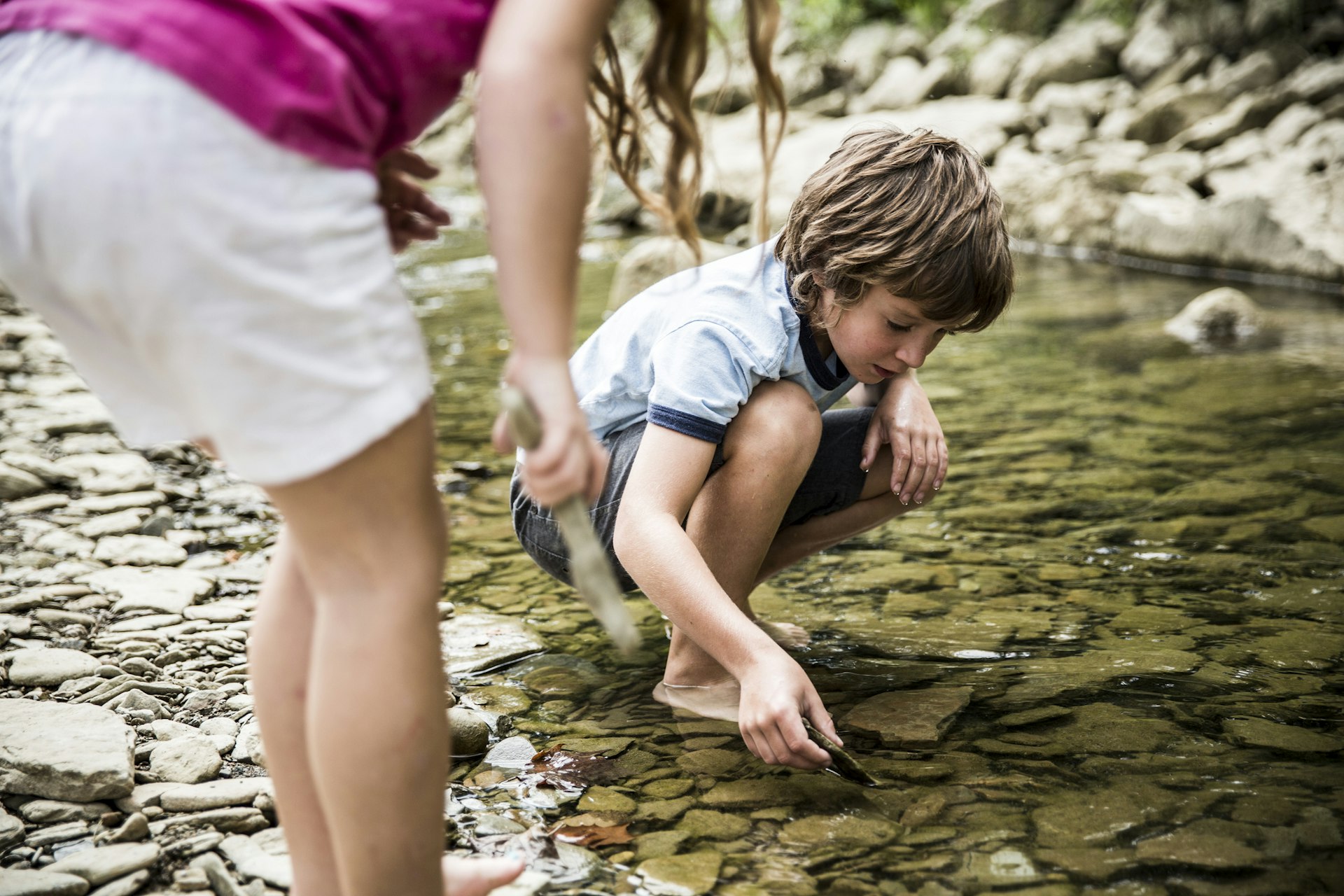
Top things to do in the Midwest
The Midwest’s cities are its finest asset, so start there. Chicago is the crown jewel, right smack in the middle of the region, with sky-high architecture, world-class museums and a food-lover’s bounty. Detroit offers eye-popping street art, vintage cars, jazz clubs and art deco design. Minneapolis rocks with rowdy music clubs, edgy theater, and lots of lakes and outdoor action. Milwaukee, Cleveland, Columbus, Indianapolis and Ann Arbor bring on the beer, art and music in abundance too.
Nearby, but a world away, are the time-warped little towns in northern Indiana and northeastern Ohio that hold some of the world’s largest Amish enclaves. Here people live a simple life without cars or cell phones, where horses and buggies clip-clop along the roads, and selfies don’t exist. They are places to slow way down, enjoy a slice of pie or maybe buy a cow at auction.
A ramble along Route 66 is another must to appreciate the Midwest’s charm. The famous road starts in Chicago and heads southwest through Illinois past pie-filled diners and roadside attractions like the Gemini Giant, a hulking spaceman in Wilmington, before rolling onward all the way to California.
The Midwest gets overlooked as a destination for top-notch outdoor adventures, though there are plenty here. Take Minnesota’s Boundary Waters, where you can paddle deep into the piney northern woods, wave to moose and bears, and glimpse the green-draped night lights of the aurora borealis. On Michigan’s western shore, Sleeping Bear Dunes is a gorgeous expanse to hike towering sand hills and then dip into the Caribbean-blue water for a swim. Michigan’s Upper Peninsula lays out wild landscapes for kayaking, rock climbing and mountain biking in summer, and skiing and ice caving in winter.
Then again, you could come to the Midwest and just go on a beer pilgrimage. The region has long been a brewing hotspot, thanks to the slew of German settlers who brought beer-making skills from the homeland in the 1800s. Today destination breweries such as 3 Floyds Brewing in Indiana, Bell’s Brewery in Michigan and New Glarus Brewing Co in Wisconsin are among the many that carry on the tradition.
My favorite thing to do in the Midwest
I love the urban-rural mashup in the Midwest. I live in Chicago, one of the greatest cities on the planet. A walk along the beach-strewn Lakefront Trail, with Lake Michigan bobbing out over the horizon, in the shadow of some of the world’s tallest skyscrapers? Awesome. I can travel a couple hours in any direction, and it’s a whole different scene. I can hike up windblown sand peaks at Indiana Dunes National Park, pick blueberries at a southwest Michigan farm or admire a 15ft-tall Paul Bunyan statue wielding his giant ax along an Illinois backroad.
There’s always a modest diner to stop into for a slice of chocolate cream pie, a chatty bar to belly up at for a glass of local beer, or a roadside stand to swing by for fresh-picked veggies.

How much money do I need for the Midwest?
The Midwest is remarkably affordable. Food and lodging in Chicago, Minneapolis and the region’s other main hubs cost less than in big cities in the south and on the coasts of the USA, and the quality remains high. Many chefs, artists and designers have moved here precisely because of the lower costs.
- Hostel dorm bed: $40–60
- Midrange hotel room for two: $160–275
- Self-catering apartment (including Airbnb): $100–225
- Public transport day pass: $4–6
- Coffee: $3
- Diner burger: $9–14
- Dinner for two: $40–60
- Beer at a bar: $6–8
Are there any don't-miss foods I should try?
Walleye, perch and other freshwater fish are delicious throughout the region. State specialties include cheese curds in Wisconsin, hotdishes (casseroles) in Minnesota, pasties (mini meat pies) in Michigan, pork tenderloin sandwiches in Indiana and three-ways (bowls of chili, spaghetti and cheese) in Ohio. Definitely order pie for dessert wherever you are.
Any local lingo I should know?
'Pop' is soda, like Coke or Sprite. 'Up north' typically means the northern, woodsy areas of Minnesota, Wisconsin and Michigan.
Are there any dangers or annoyances I should be aware of?
Mosquitoes bite throughout the Midwest in summer. Bring insect repellent, especially if you’re heading to northern Minnesota, Wisconsin and Michigan, where black flies also add to the irritation.
Breaking waves and dangerous currents may be present at Great Lakes beaches. If no lifeguard is present, check the local weather forecast about area conditions before getting in the water.
How cold does it get? What should I pack?
In snowy northern towns like Duluth, Minnesota, and Marquette, Michigan, the average high temperature in January is around 20°F. In places further south, such as Columbus, Ohio, it’s a bit warmer, around 36°F. Pack a warm coat and boots if you’re visiting in winter. Bring a sweater any time of year, because even in summer, it can get cool in the evenings.




